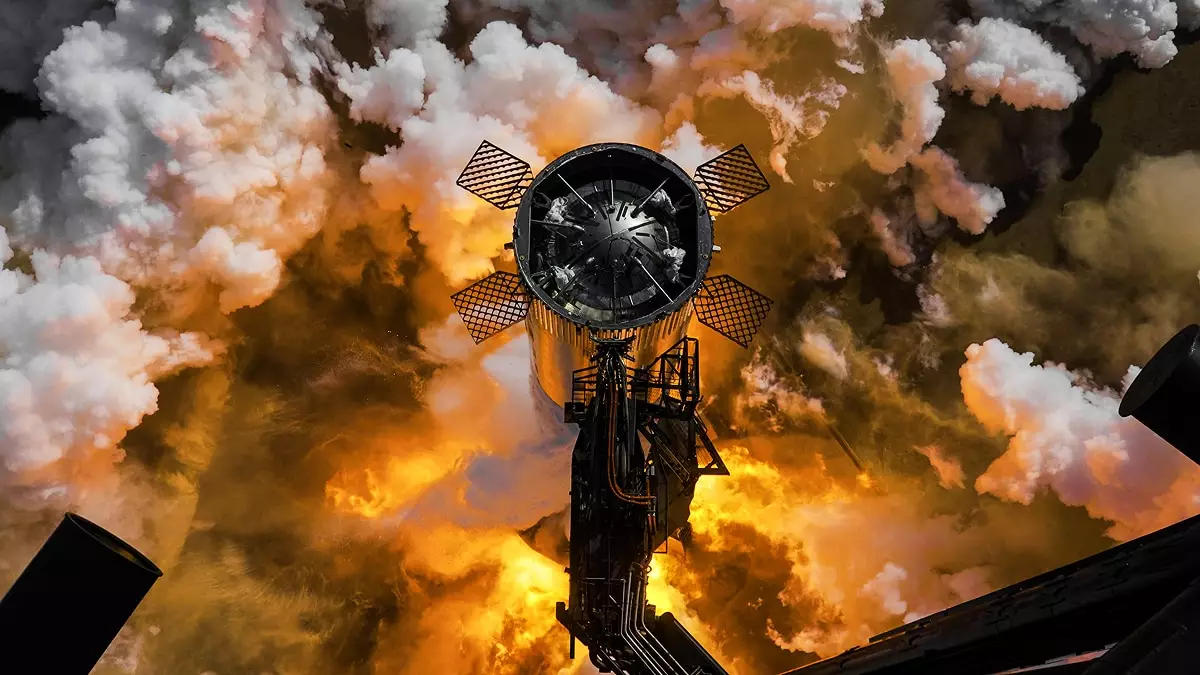SpaceX is making significant strides in its quest to perfect the Starship launch system, recently conducting a series of static fire tests for both the Super Heavy booster and the Starship’s second stage at its Texas-based facility, Starbase. These tests play a crucial role in simulating the real launch conditions that the rocket will face, allowing engineers to evaluate the performance and reliability of each component. The Super Heavy booster was tested with all 33 Raptor engines firing simultaneously, a critical step that validates the booster’s capabilities ahead of the next launch attempt.
Engine Testing Under Flight Conditions
In an essential follow-up, the second stage of the Starship was subjected to its own testing routine, where engineers focused on assessing engine performance under varying thrust conditions. This phase is vital as it simulates different scenarios that the spacecraft will encounter during actual missions. The varying thrust settings offer engineers a comprehensive insight into the engine’s adaptability and stability, paving the way for necessary adjustments to optimize the propulsion system prior to any upcoming flight.
Upcoming Launch and Regulatory Approval
Looking ahead, SpaceX has set its sights on the next integrated flight test, IFT-8, tentatively planned for late February. However, the timeline is contingent on the Federal Aviation Administration’s (FAA) approval, which remains a critical regulatory hurdle before the mission can proceed. The company envisions a robust schedule of launches throughout the year, aiming to enhance and deploy reusable rocket technology as a cornerstone of its operational strategy.
Reflecting on previous test flights, such as IFT-7, which took place in January 2025, highlights the evolution and challenges faced by SpaceX in its ambitious program. The previous test had its share of technical difficulties, notably communication loss with the second stage mid-flight, resulting in debris reportedly raining down over the Caribbean. This experience has galvanized SpaceX engineers to focus on operational improvements, particularly enhancing flight stability and refining descent controls to ensure a safer experience during future missions.
SpaceX’s advancements in the Starship program are not solely for the sake of engineering excellence. The vehicle is poised to play a pivotal role in a variety of missions, prominently including NASA’s Artemis program, which aims to return humans to the Moon. With plans for the Starship lander to support Artemis 3, targeted for 2027, success in the upcoming tests will be essential to achieving these ambitious goals. However, further evaluations and test flights will be needed to confirm the spacecraft’s readiness for human spaceflight and other forthcoming commercial ventures.
SpaceX is positioned at the forefront of aerospace innovation, continually refining its Starship system through strategic testing and lessons learned from past experiences, ensuring that it is well-prepared for its vital role in future space exploration efforts.

